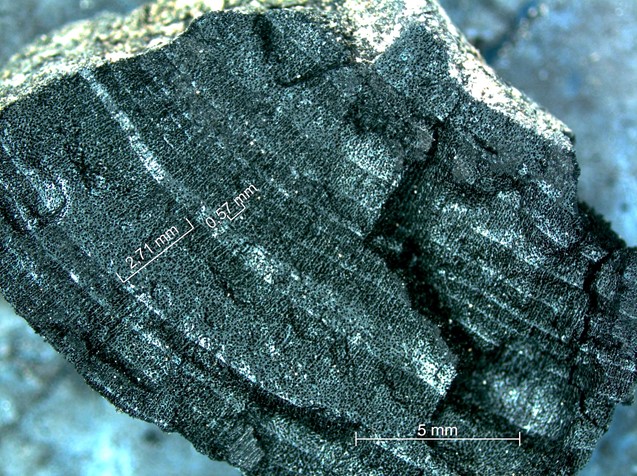
Masterclass Report X: Archaeobotany
This masterclass was delivered by Dr Cynthia Larbey (The University of Cambridge).
This masterclass report has been written by Abigail Greenall (The University of Manchester) and Vendy Hoppe (The University of Manchester).
Dr Cynthia Larbey rounded off the masterclasses brilliantly with an introduction into the microscopic world of archaeobotany. Arcaeobotanists microscopically examine plant remains from archaeological contexts which might include charred and waterlogged seeds, wood and nuts (see figure 1). In the process of species identification, archaeobotanists can also uncover important information about local ecologies through pinpointing the samples’ origin and growth environment. By combining the conclusions drawn from targeted microscopic analysis with wider contextual information, such as the physical state of the plant remain and its archaeological location, we can thus expand our understanding of the ways that specific communities understood and utilised the botanic world in which they lived. This, in turn, can nuance current social, economic and environmental histories.

Figure 1: Bronze Age Sample of Silver Birch (Betula pendula). ©Cynthia Larbey.
In the first half of the tenth masterclass Larbey shared a selection of projects that apply archaeobotanical expertise with the attendees. As an example case study, Larbey highlighted how archaeobotanical data recovered from the site of fourteenth-century Augustinian Friary in Cambridge can tell historians about tree and cereal usage, diet, flooring, bedding and thus the socio-economic development of one site across time. Samples from the post-Reformation period suggest that the Friary was occupied by someone of a high socio-economic standing due to the appearance of expensive food remains such as fig seeds and grape pips. The absence of certain plant remains can also be telling. The lack of evidence pertaining to cereal processing, such as wheat chaff, might suggest that the site’s post-Reformation inhabitants imported their food. Archaeobotanists also found no evidence of large trees such as oak, ash, chestnut, or elm in hearth samples from the post-Reformation period. Given that this was a particularly affluent period in the history of the site (as evidenced by fig and grape consumption) the absence of these trees in charcoal deposits suggests that they were reserved for other purposes, such as the construction of large timber-framed houses and shipbuilding. Evidence for the specialisation in use of particular tree species in the home suggests that such initiatives had a potentially large impact on daily life.
Following this introductory talk Larbey provided a step-by-step account of how to identify oak, beech and spruce from the unique characteristics in their cell structures using SEM technology. This session thus provided yet another training opportunity for the attendees and the chance to train our eyes in reading various microscopic records. A range of pre-circulated materials helped attendees differentiate between the transverse sections of Ring Porous wood (oak), Diffuse Porous Wood (beech) and Coniferous Wood (spruce). These materials included sample images, a practical outline and an identification key. In the final part of the masterclass our discussions turned to the wider application of archaeobotany in historical research. This emphasised new research questions as well as new materials that can be investigated thanks to research partnerships with archaeobotanists. Therefore, the last masterclass echoed the themes of collaboration, need for interdisciplinary research and the value of sharing expertise across specialties which were foregrounded throughout the Microscopic Records Event.
Abigail Greenall, The University of Manchester.
Vendy Hoppe, The University of Manchester.






0 Comments